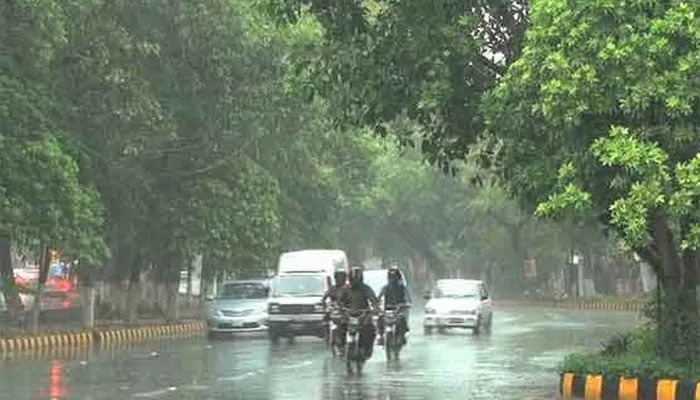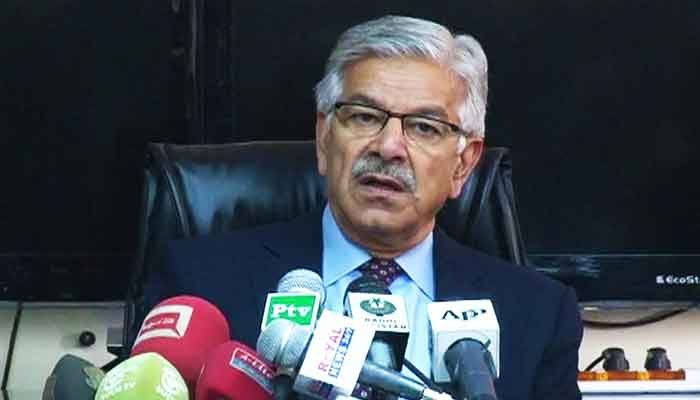In various cities across Punjab, including Lahore, the sweltering heat has been alleviated by recent rainfall, turning the weather pleasantly cooler. The afternoon skies over Lahore darkened with grey clouds, accompanied by gusty winds, followed by refreshing rain showers.
Rainfall Statistics in Lahore
According to officials from the Water and Sanitation Agency (WASA), different areas in Lahore received varying amounts of rainfall. The highest rainfall recorded was 33 mm at the airport area, while other regions experienced the following amounts:
- Gulberg: 15 mm
- Upper Mall: 14 mm
- Nishtar Town: 11 mm
- Johar Town: 7 mm
- Jail Road: 5.5 mm
Weather Impact Beyond Lahore
The weather phenomenon was not limited to Lahore. In Jhelum and its surrounding areas, a hailstorm accompanied by rain significantly reduced the intensity of the heat but caused several power feeders to trip, leading to outages. Similarly, other cities in Punjab, such as Sialkot, Gujrat, and Mandi Bahauddin, experienced light rain combined with strong winds, providing much-needed relief from the heat. In contrast, Kamalia, Pakpatan, Hafizabad, and nearby areas experienced heavier rainfall, which led to waterlogging in several localities.
Persistent Heat in Other Regions
Despite the cooling rains in parts of Punjab, many regions across the country continued to suffer from intense heat. Notable high temperatures included:
- Gwadar, Sibi, Turbat: 48°C
- Pasni: 46°C
- Jacobabad, Lasbela: 45°C
- Dadu: 44°C
- Chakwal, Attock, Bahawalpur: 43°C
- Sukkur: 42°C
- Faisalabad: 41°C
- Islamabad, Peshawar: 39°C
- Lahore: 38°C
- Karachi: 37°C
- Quetta: 36°C
These soaring temperatures underscore the severity of the heatwave gripping the country, with many areas still waiting for the reprieve that rain can bring.
Monsoon Rains on the Horizon
The Chief Meteorologist of Lahore has offered a hopeful forecast, predicting that the region will experience above-normal monsoon rains starting from the end of June. This prediction suggests that relief from the heat may be sustained, bringing cooler weather and aiding in agricultural activities which are vital for the region.
Implications of the Weather Change
The recent rainfalls have several implications:
- Relief from Heat: Immediate relief from the oppressive heat for residents, improving overall comfort and health conditions.
- Power Disruptions: While the rain and hail have caused some power outages due to tripping feeders, these are expected to be temporary.
- Water Supply and Agriculture: Increased rainfall is beneficial for water reservoirs and agriculture, essential for both drinking water supply and crop irrigation.
- Preparation for Monsoon: Anticipation of above-normal monsoon rains prompts the need for effective preparation to manage potential flooding and waterlogging in urban areas.
The recent rains across various cities in Punjab have brought a much-needed respite from the intense heat, making the weather more bearable and pleasant. However, the relief is accompanied by challenges such as power disruptions and potential flooding risks. As the monsoon season approaches, with predictions of above-normal rains, it is crucial for local authorities and residents to prepare adequately to mitigate the adverse effects while maximizing the benefits of the cooler, wetter weather. This period of transition highlights the dynamic nature of weather patterns and the importance of adaptive measures to ensure safety and well-being across the region.



